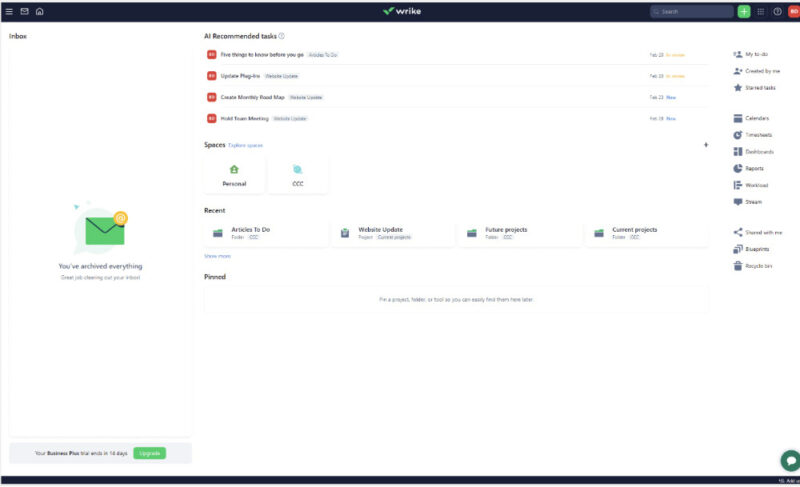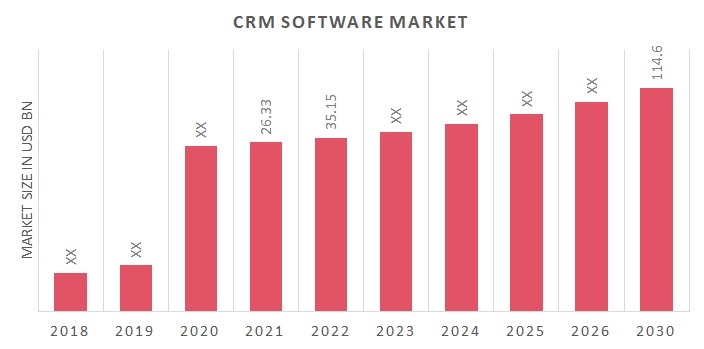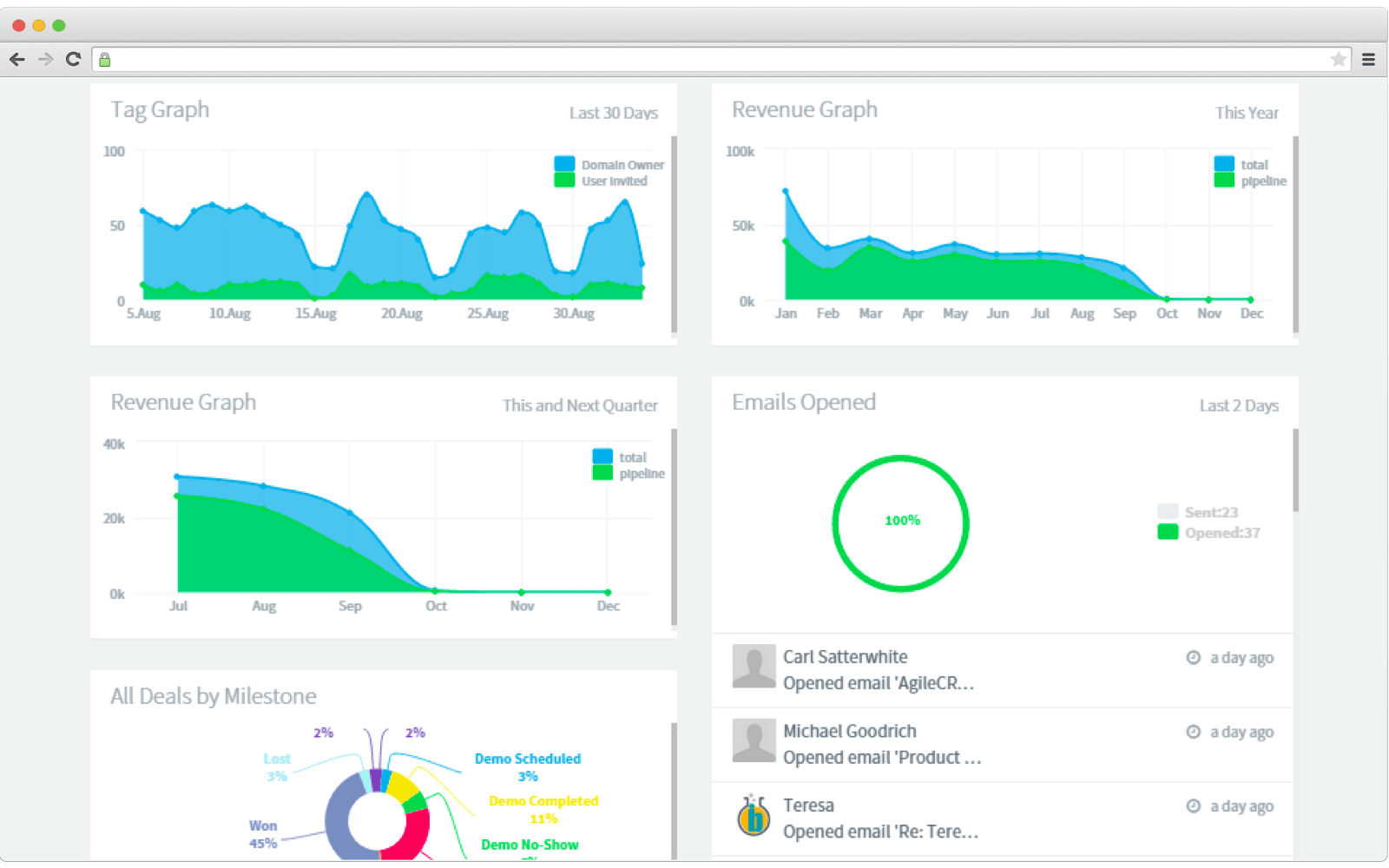
Unlocking the Power of CRM Marketing Email Templates
In the dynamic world of digital marketing, staying connected with your audience is paramount. Email marketing, when done right, remains one of the most effective tools in your arsenal. But simply sending emails isn’t enough; you need to craft compelling messages that resonate with your subscribers. This is where Customer Relationship Management (CRM) marketing email templates come into play. They are the backbone of your email strategy, providing a framework for consistent, personalized communication.
This article will delve deep into the art of creating and utilizing CRM marketing email templates to boost your engagement, drive conversions, and foster lasting customer relationships. We’ll explore the essential components of effective templates, provide practical examples, and offer tips to optimize your campaigns for maximum impact. Whether you’re a seasoned marketer or just starting out, this guide will equip you with the knowledge and tools you need to succeed.
Why CRM Marketing Email Templates Are Essential
Before we dive into the specifics, let’s understand why CRM marketing email templates are so crucial. They offer several significant advantages:
- Consistency: Templates ensure a consistent brand voice and visual identity across all your email communications. This builds brand recognition and reinforces your message.
- Efficiency: Pre-designed templates save you valuable time and effort. You don’t have to start from scratch every time you need to send an email.
- Personalization: CRM systems allow you to personalize templates with customer data, such as names, purchase history, and preferences, leading to higher engagement rates.
- Segmentation: Templates enable you to segment your audience and tailor your messages to specific groups, ensuring relevance and improving conversion rates.
- Trackability: Templates make it easier to track the performance of your email campaigns, allowing you to analyze what’s working and what’s not.
In essence, CRM marketing email templates are the building blocks of a successful email marketing strategy. They streamline your workflow, enhance personalization, and ultimately help you achieve your marketing goals.
Key Components of a High-Converting CRM Email Template
A well-crafted CRM email template is more than just a pretty design; it’s a carefully constructed message designed to engage your audience and drive action. Here are the key components to consider:
1. Subject Line: The First Impression
The subject line is the first thing your recipients see, and it’s the gatekeeper to your email. A compelling subject line is crucial for getting your email opened. Here’s what makes a good subject line:
- Relevance: It should accurately reflect the email’s content.
- Intrigue: It should pique the recipient’s interest and encourage them to click.
- Personalization: Using the recipient’s name or other relevant data can significantly increase open rates.
- Brevity: Keep it concise, ideally under 60 characters to ensure it displays correctly on all devices.
- Testing: Always A/B test different subject lines to see what resonates best with your audience.
Examples of Effective Subject Lines:
- “[Name], Exclusive Offer Inside!”
- “Don’t Miss Out: Your [Product] is Waiting”
- “[Company Name] Welcomes You!”
- “Check Out Our New Arrivals”
2. Preheader Text: The Supporting Act
The preheader text, also known as the preview text, is the short snippet of text that appears after the subject line in the recipient’s inbox. It provides additional context and can entice the recipient to open the email. Make sure your preheader text:
- Complements the Subject Line: It should provide further information without repeating the subject line.
- Is Concise: Keep it short and to the point, usually under 85 characters.
- Highlights the Value: It should clearly state the benefit of opening the email.
Example:
Subject Line: Don’t Miss Out on Our Summer Sale!
Preheader Text: Get up to 50% off your favorite items! Shop now and save.
3. The Header: Brand Identity and Navigation
The header of your email template is the first thing recipients see after opening the email. It’s where you establish your brand identity and provide easy navigation. Consider these elements:
- Your Logo: Clearly display your logo to reinforce brand recognition.
- Brand Colors and Fonts: Use your brand’s colors and fonts to maintain consistency.
- Navigation (Optional): Include links to your website, social media profiles, or other relevant pages.
4. The Body: Content is King
The body of your email is where you deliver your message. It should be well-written, engaging, and easy to read. Here’s how to make your body content shine:
- Clear and Concise: Get straight to the point and avoid jargon.
- Engaging Tone: Write in a conversational tone that resonates with your audience.
- Compelling Value Proposition: Clearly state the benefits of your product or service.
- Visuals: Use images, videos, and other visuals to break up text and enhance engagement.
- Call-to-Action (CTA): Include a clear and prominent CTA that tells recipients what you want them to do (e.g., “Shop Now,” “Learn More,” “Sign Up”).
Example of a well-structured body:
Greeting: “Hi [Name],”
Introduction: Briefly introduce the topic of the email.
Body: Explain the benefits and details of your offer or message.
Call-to-Action: Include a clear CTA button to encourage action.
Closing: Thank the recipient and provide your contact information.
5. The Footer: Essential Information
The footer of your email template contains essential information, such as:
- Unsubscribe Link: Required by law, allow recipients to easily unsubscribe from your emails.
- Contact Information: Provide your company’s address and contact details.
- Social Media Links: Encourage recipients to connect with you on social media.
- Copyright Information: Include your copyright notice.
The footer is also a good place to reiterate your brand identity and provide a final opportunity to engage with your audience.
Types of CRM Marketing Email Templates and Examples
Different types of emails serve different purposes. Here are some common CRM marketing email templates and examples to inspire you:
1. Welcome Emails
Welcome emails are the first impression you make on new subscribers. They set the tone for your relationship and introduce your brand. Here’s what a good welcome email includes:
- A Warm Greeting: Welcome the new subscriber and thank them for signing up.
- Value Proposition: Explain what they can expect from your emails and the value they’ll receive.
- Welcome Offer (Optional): Offer a special discount or incentive to encourage engagement.
- Call to Action: Encourage them to explore your website or social media profiles.
Example:
Subject: Welcome to [Your Company Name]!
Body: “Hi [Name], welcome to the [Your Company Name] family! We’re thrilled to have you. As a thank you, here’s a special offer: [Discount Code]. Explore our website [link] and discover our latest products.”
2. Promotional Emails
Promotional emails are designed to drive sales and promote special offers. They should be visually appealing and contain a clear call to action. Key elements include:
- Eye-Catching Headline: Grab attention with a compelling headline.
- Product/Offer Details: Provide clear information about the product or offer.
- High-Quality Images: Showcase your product with high-quality images or videos.
- Call to Action: Use a prominent CTA button to encourage purchases.
Example:
Subject: Flash Sale: Get 50% Off Everything!
Body: “Don’t miss our flash sale! Get 50% off all items for a limited time only. Shop now [link] and use code FLASH50 at checkout!”
3. Abandoned Cart Emails
Abandoned cart emails are triggered when a customer adds items to their cart but doesn’t complete the purchase. They’re a great way to recover lost sales. Essential components:
- Personalized Reminder: Remind the customer of the items left in their cart.
- Product Images: Display images of the abandoned products.
- Incentive (Optional): Offer a discount or free shipping to encourage completion.
- Direct Link to Cart: Provide a link to allow the customer to easily return to their cart.
Example:
Subject: Your Cart is Waiting!
Body: “Hi [Name], you left some great items in your cart! Complete your purchase now [link] and enjoy free shipping!”
4. Newsletter Emails
Newsletter emails are a great way to keep your audience informed about your company news, industry insights, and new products. Key components include:
- Engaging Content: Provide valuable and informative content.
- Company Updates: Share company news and announcements.
- Product Highlights: Showcase new products or services.
- Call to Action: Encourage readers to visit your website or learn more.
Example:
Subject: [Your Company Name] Newsletter: [Month] Edition
Body: “Welcome to the [Your Company Name] newsletter! This month, we’re covering [topic]. Read more [link]. Also, check out our new [product]!”
5. Customer Service Emails
These emails are used to provide customer support and build trust. Key elements:
- Prompt Responses: Answer customer inquiries quickly and efficiently.
- Personalized Communication: Address the customer by name and personalize your responses.
- Clear Solutions: Provide clear and concise solutions to their problems.
- Follow-Up: Follow up to ensure the customer is satisfied.
Example:
Subject: Your Inquiry – [Subject]
Body: “Hi [Name], thank you for contacting us. We’ve resolved your issue. If you have any further questions, feel free to reach out.”
Creating and Optimizing Your CRM Email Templates
Once you understand the components and types of templates, it’s time to create and optimize your own. Here’s a step-by-step guide:
1. Choose Your CRM Platform
Select a CRM platform that fits your business needs. Popular options include:
- Salesforce: A comprehensive CRM platform for large businesses.
- HubSpot: A popular platform known for its marketing automation features.
- Zoho CRM: A versatile and affordable option for small to medium-sized businesses.
- ActiveCampaign: A powerful platform with advanced email marketing capabilities.
Choose a platform that offers email template builders, personalization features, and analytics.
2. Design Your Templates
Use your chosen CRM platform’s template builder to design your emails. Consider these design best practices:
- Mobile-Friendly Design: Ensure your templates are responsive and display correctly on all devices.
- Brand Consistency: Use your brand’s colors, fonts, and logo.
- Visual Hierarchy: Use headings, subheadings, and whitespace to guide the reader’s eye.
- Accessibility: Make your emails accessible to all users, including those with disabilities.
3. Personalize Your Emails
Leverage your CRM’s personalization features to tailor your emails to individual recipients. Use merge tags to insert customer data, such as names, purchase history, and preferences. Personalization increases engagement and conversion rates.
4. Segment Your Audience
Segment your audience based on demographics, behavior, and purchase history. This allows you to send targeted emails that are more relevant to each group. Your CRM platform should allow you to create segments based on various criteria.
5. Test Your Templates
Before launching your email campaigns, test your templates thoroughly. Send test emails to yourself and other team members to ensure they display correctly and all links work. Check for any errors in spelling or grammar.
6. A/B Test Your Campaigns
A/B testing involves sending two versions of an email to a sample of your audience to determine which one performs better. Test different subject lines, body content, CTAs, and sender names. Analyze the results and implement the winning variations.
7. Track Your Results
Monitor the performance of your email campaigns using your CRM platform’s analytics tools. Key metrics to track include:
- Open Rate: The percentage of recipients who opened your email.
- Click-Through Rate (CTR): The percentage of recipients who clicked on a link in your email.
- Conversion Rate: The percentage of recipients who completed a desired action (e.g., purchase).
- Bounce Rate: The percentage of emails that were not delivered.
- Unsubscribe Rate: The percentage of recipients who unsubscribed from your list.
Analyze these metrics to identify areas for improvement and optimize your future campaigns.
8. Analyze and Iterate
Regularly analyze your email campaign results to identify what’s working and what’s not. Use this data to refine your templates, segmentation, and targeting strategies. Email marketing is an iterative process, so continuous improvement is essential.
Advanced Tips for CRM Marketing Email Template Success
To truly excel in CRM marketing, consider these advanced tips:
1. Leverage Dynamic Content
Dynamic content allows you to personalize different sections of your email based on recipient data. For example, you can show different product recommendations based on a customer’s purchase history. This enhances personalization and engagement.
2. Implement Triggered Emails
Triggered emails are automated emails that are sent based on specific actions, such as a customer abandoning their cart or signing up for your newsletter. Triggered emails are highly effective because they’re timely and relevant.
3. Use Segmentation to the Max
Don’t just segment by basic demographics. Dive deeper and segment your audience based on their behavior, interests, and engagement levels. This allows you to send highly targeted and relevant messages.
4. Optimize for Mobile
Most people read emails on their mobile devices. Ensure your templates are responsive and optimized for mobile viewing. Use a single-column layout, large fonts, and clear CTAs.
5. Comply with Email Regulations
Be sure to comply with all relevant email marketing regulations, such as GDPR and CAN-SPAM. Include an unsubscribe link in every email and respect your subscribers’ preferences.
6. Maintain a Clean Email List
Regularly clean your email list by removing inactive subscribers and those who have unsubscribed. This improves your deliverability and reduces your bounce rate.
7. Focus on Value
Always provide value to your subscribers. Offer helpful information, exclusive discounts, and relevant content. This builds trust and encourages engagement.
8. Monitor Deliverability
Monitor your email deliverability rate to ensure your emails are reaching the inbox. Use tools like Mailchimp or SendGrid to monitor your deliverability and identify any potential problems.
Conclusion: Mastering the Art of CRM Email Templates
CRM marketing email templates are a powerful tool for building relationships, driving conversions, and achieving your marketing goals. By understanding the key components of effective templates, creating compelling content, and optimizing your campaigns, you can unlock the full potential of email marketing.
Remember to focus on personalization, segmentation, and providing value to your subscribers. Continuously test and analyze your campaigns to identify areas for improvement. With a strategic approach and a commitment to excellence, you can transform your email marketing efforts and achieve remarkable results.
Embrace the power of CRM marketing email templates and watch your customer relationships flourish. The future of your marketing efforts is in the art of crafting the perfect email; a message that speaks to your audience, motivates action, and helps build a lasting connection between your brand and its customers.


